Did you know? Termites have been around since the time of the dinosaurs!
EXPLORE TERMITES
- Dampwood Termites
- Drywood Termites
- Formosan Termites
- Subterranean Termites
Termites are known as “silent destroyers” because of their ability to chew through wood, flooring and even wallpaper undetected. There are about 2,000 known termite species in the world. Each year, termites cause more than $5 billion in property damage.
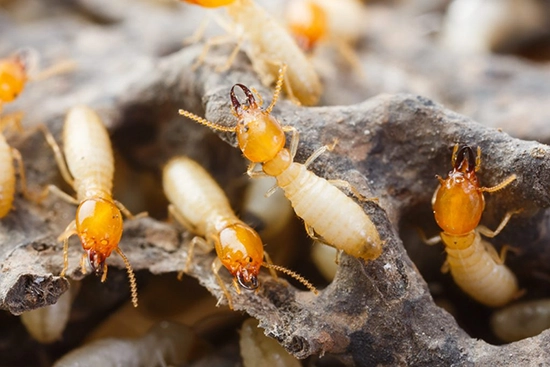
WHAT ARE TERMITES
- Subterranean termites are social insects
- They live in family groups called colonies
- wherelabor is divided among a caste system.
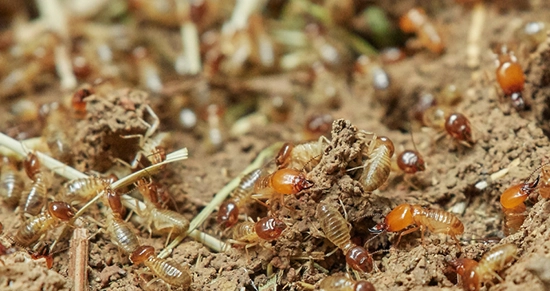
- Three distinct types of individual termites: reproductives (kings and queens), soldiers and workers.
- Termite are placed in a separate order called ISOPTERA
- ISOPTERA means ‘equal Winged’ having two pairs of wings of similar size and shape of the winged adults
- The total weight of all of the termites in the world is more than the weight of all the humans in the world.
- Termite colonies eat non-stop, 24 hours a day, seven days a week!
- Termites have wings that they shed once they have found a good place to build a nest.
WHAT DO TERMITES EAT?
- Decayed Wood and live wood
- Paper & paper products
- Furnitures
- Furnishings
- Clothings
- Stationery
- Anything of organic origin with cellulosic base
SIGNIFICANCE OF TERMITE DAMAGE
- World Termite damage runs into Crores of rupees every year.
- The world wide termite damage is more than the damage caused by FIRE,strom and Earth quakes all combined
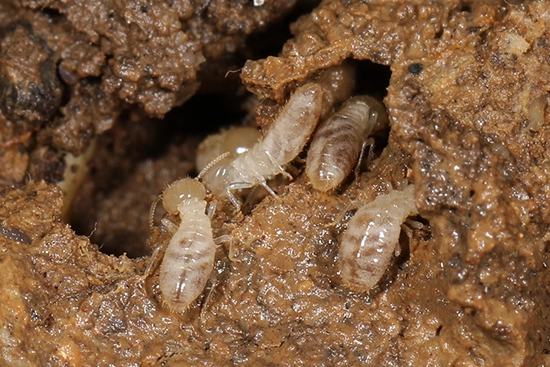
PRE-CONSTRUCTION:
- The purpose of this treatment is to create a chemical barrier between the ground from where the termites come and woodwork, cellulosic materials and other contents of the building which may form food for the termites.
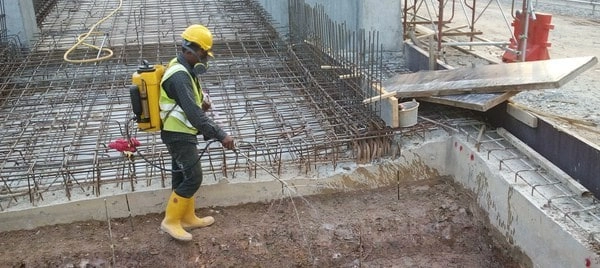
- Unlike the conventional chemicals being used so far, the chemical we use in our service does not repel termites but allow the termites to pass through the treated zone. The treated termites are then released back to their colonies where this nest mates groom off the coating and then further spreads it by regurgitate feeding. In the process, the entire colony population dwindles very rapidly and the colony itself gets eliminated which could not be achieved by the conventional repellent chemicals.
METHODOLOGY OF TREATMENT
- The treatment will commence after the foundation and the plinth wall construction is completed. The treatment is carried out in the following stages.
TREATMENT TO TOP SURFACE OF PLINTH FILLING
- After the soil filling is completed in the plinth area and before the dry rubble packing or sub-grade is laid the entire surface of the filled soil and the top surface of plinth wall/beam shall be treated with the chemical emulsion at the rate of 5 liters per sq.m. Light rodding may be carried out in the soil surface to facilitate absorption of the emulsion.
METHODOLOGY OF TREATMENT
- The treatment will commence after the foundation and the plinth wall construction is completed. The treatment is carried out in the following stages.
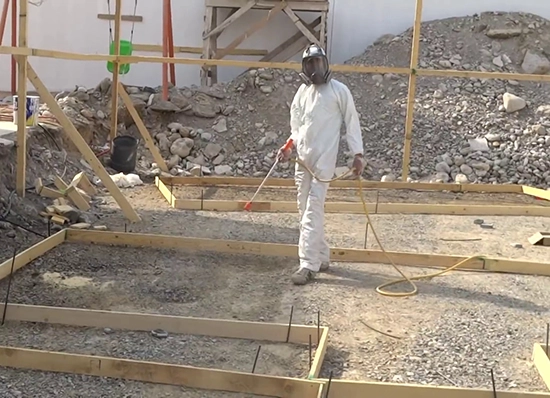
TREATMENT TO TOP SURFACE OF PLINTH FILLING
- After the soil filling is completed in the plinth area and before the dry rubble packing or sub-grade is laid the entire surface of the filled soil and the top surface of plinth wall/beam shall be treated with the chemical emulsion at the rate of 5 liters per sq.m. Light rodding may be carried out in the soil surface to facilitate absorption of the emulsion.

TREATMENT AT THE JUNCTION OF WALL AND FLOOR
- Rodding if necessary to facilitate soaking, shall be carried out along the junction of wall and soil filling at 15 cm intervals down upto 30 cm. Emulsion shall be sprayed along the wall junction at 1 liter per running meter so that it mixes thoroughly with the broken up soil. The disturbed earth is then tamped back in place.
TREATMENT OF SOIL ALONG EXTERNAL &INTERNAL PERIMETER
- The soil around the external perimeter of the building up to a depth of 30 cm shall be treated at 7.5 liters per running meter of the plinth wall. Rodding may be carried out, if necessary to facilitate this treatment.